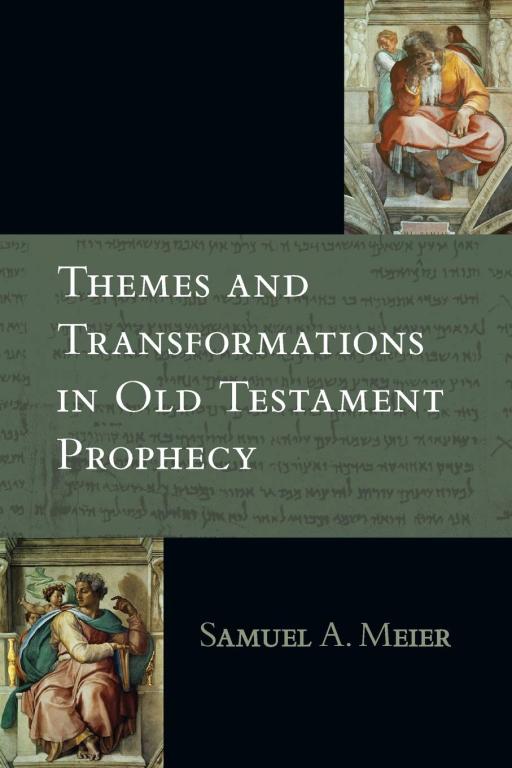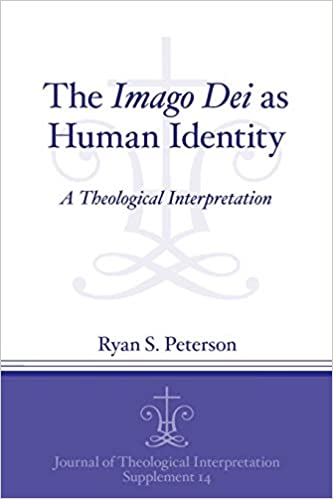
“Oh, the book was better than the movie.”
It’s a commonly heard phrase whenever a film adaptation of a book is released. Scads of book fans flock to the theaters to see (and judge!) how the the director has envisioned the same material that they have already experienced. Usually it’s objectively true that the book is far more complex thematically and philosophically than the film adaptation. You can only cram so much into a 2-3 hour film, after all. At the same time, there’s more to be said here.
A film is a fundamentally different medium than a novel. Not only in the way it’s presented, but also in what it asks the audience to do. In fact, a book does not have a mere audience, for a reader is not a passive viewer or listener, even in the case of one listening to a book in audio format. The medium of the word, whether written or spoken, is essentially different from visuals.
When an author writes a book, what is asked of the reader is that they be a co-creator with the author. Oh for a muse of fire! But the reader’s imagination is just such a muse. Or it can be. When an author paints a scene with words, he relies on the reader to fill in all the color and texture, to see the movement in the mind, to hear the voices spoken by actors in their head.
Reading a story is a participatory act. The author hands you the unfinished materials and submits it in part to your imagination. “Here, lets create this together,” she says. And it takes a practiced and imaginative reader to effectively do so.
A film is entirely different. In film, the director, together with the actors, the lighting crew, the cinematographers, the set builders, the effects department, and the music score composers ask something different. They ask that you sit passively and watch their vision. Sure, your mind may consciously engage with the thematic aspects of a movie, but the movie is what it is.
It is a completed work of art. Self-contained and self-sufficient. The film I see on the screen is the same film you see on the screen. We may have different reactions to what we have seen, but we have seen essentially the same thing. This is what makes film such a fun medium. The viewer gets to see how someone (or someones) else imagines a thing, which is a thing that cannot be experienced apart from the visual. And film has come a long way in being able to visually present what could before only be imagined.
Film watching is, by and large, a passive event. “Here is how we all have imagined this story. See how we have interpreted the word,” the filmmakers say to the viewer. And they all ask that you submit for the next couple hours to the vision they have created.
It’s also fun to watch the end credits on a huge summer blockbuster. If only to remind myself just how many hundreds (or thousands) of people with specialized skill sets it requires to visually represent what one person’s mind can imagine simply by reading words on a page.












